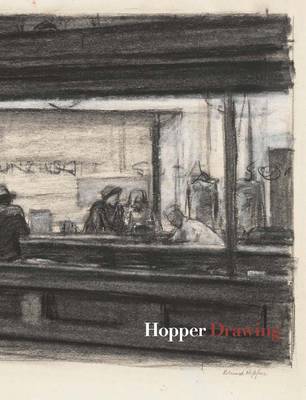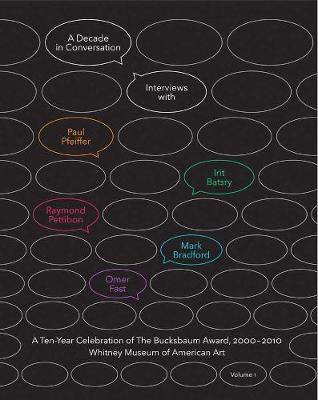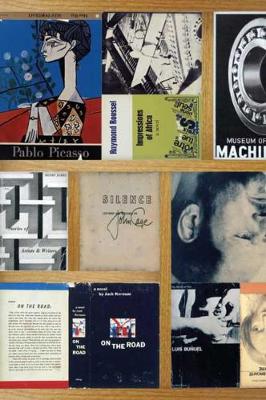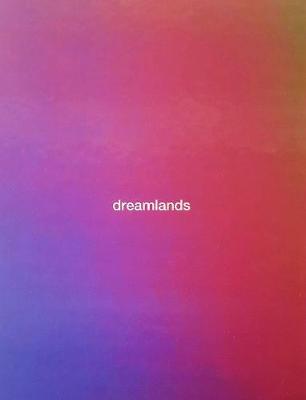Whitney Museum of American Art
4 total works
Foster also argues that Hopper was, in many ways, a traditional draftsman who methodically developed schematic ideas into detailed studies to refine content. However, the steps toward this refinement are unique to Hopper and reveal how he turned the mundane into poetic images with universal appeal.
A Decade in Conversation: A Ten-Year Celebration of The Bucksbaum Award, 2000-2010
by Chrissie Iles, Christiane Paul, Carter E. Foster, and Tina Kukielski
Established in 2000 by the Martin Bucksbaum Family Foundation and the Whitney Museum of American Art, the Bucksbaum Award is presented biennially to an artist living and working in the U.S. “whose work demonstrates a singular combination of talent and imagination.”
A Decade in Conversation introduces each of the recipients—video artist Paul Pfeiffer, who often works with found footage; Irit Batsry, an artist specializing in video and installation pieces; Raymond Pettibon, whose acerbic and darkly satirical drawings critique contemporary culture; Mark Bradford, who specializes in abstract collage work and painting; and Omer Fast, known for exploring the possibilities of cinema. Featuring interviews with the artists and compelling illustrations and installation views, this book presents fascinating details about the ways the Bucksbaum award winners are shaping contemporary art today.
Distributed for the Whitney Museum of American Art
Working in the tradition of trompe l'oeil, Steve Wolfe (b. 1955) creates careful replicas of classic books, worn album covers, and vinyl records, crafted from modeling paste, screenprints, drawings, and many other media. Wolfe’s reproductions embrace the tattered jackets, aged paper, and worn corners that come with the consumption of the culture within. These marks become records of time and memory representing the intersection of abstract thought and physical substance. With painstakingly composed illusion, these objects fall within the tradition of trompe l'oeil and blur the line between everyday object and art.
This book focuses on Wolfe’s works on paper, including drawings and pieces that combine drawing with painting, collage, and printmaking. Although his work is included in numerous museum collections and has appeared in several group shows, this is the first major publication on this important emerging artist.
Distributed for the Whitney Museum of American Art and The Menil Collection
Exhibition Schedule:
Whitney Museum of American Art, New York (9/09 – 11/09)
The Menil Collection, Houston (4/12/10 – 8/15/10)
This generously illustrated publication surveys the work of filmmakers and artists who have pushed the material and conceptual boundaries of cinema. Over the past century, the material, optical, abstract, spatial, and tactile properties of film have been tested at a level of experimentation and utopian ambition that is generally unrecognized. Whether creating synesthetic or 3-D environments, projective or non-projective installations, generations of leading-edge artists have explored how technology transforms experience.
The essays published here offer an intensive look at the themes of cinematic space, formats of the screen, animation and CGI, the body and the cyborg, and the materiality of film. Contributors place particular emphasis on the idea of the cinema as a sensorium and on the ways in which it defines the human body, both through representation and in relation to the projected image. An immersive plate section brings together rarely seen and previously unpublished stills, in addition to concept drawings from historic and contemporary films.
Distributed for the Whitney Museum of American Art
Exhibition Schedule:
Whitney Museum of American Art, New York
(10/28/16–02/05/17)



